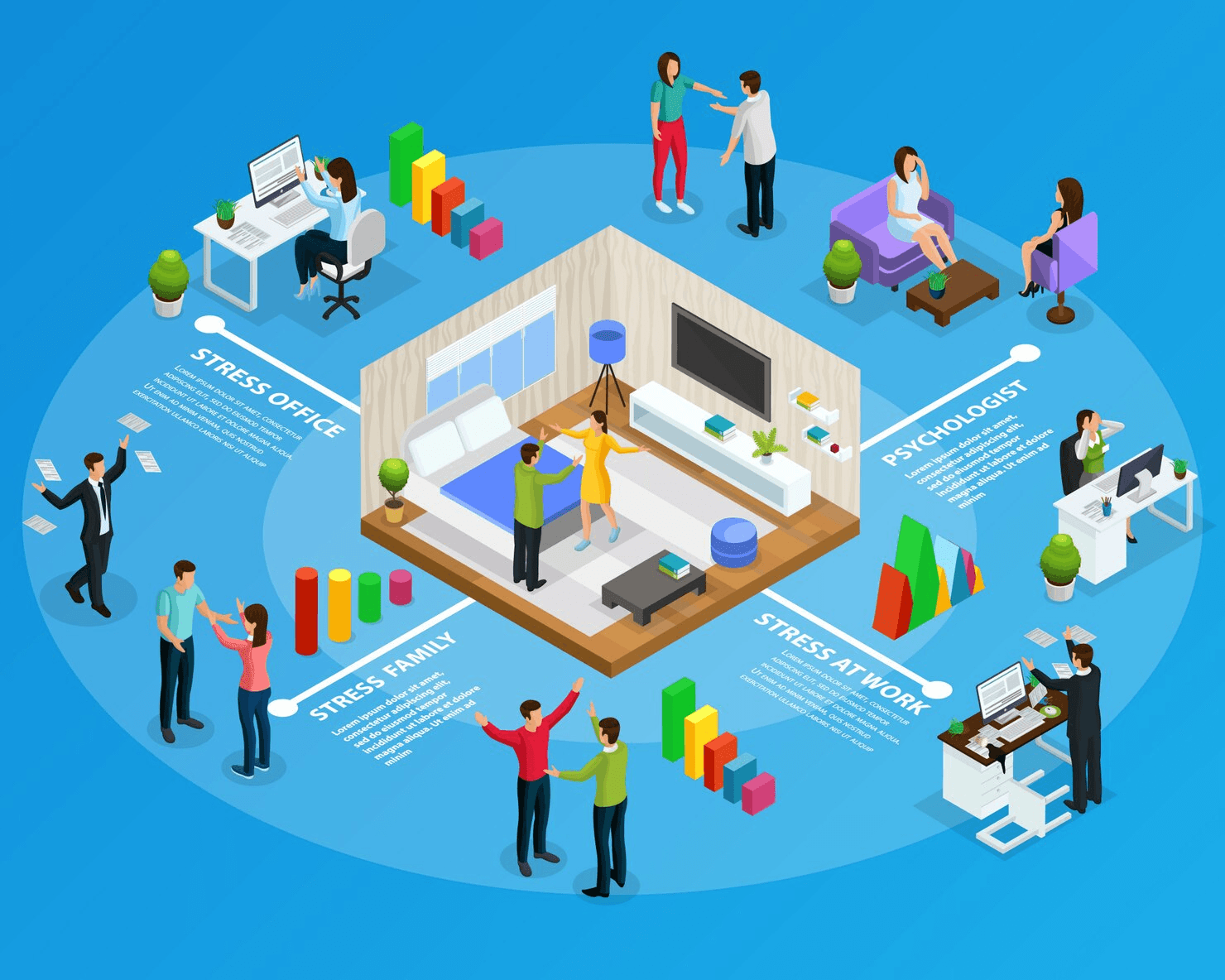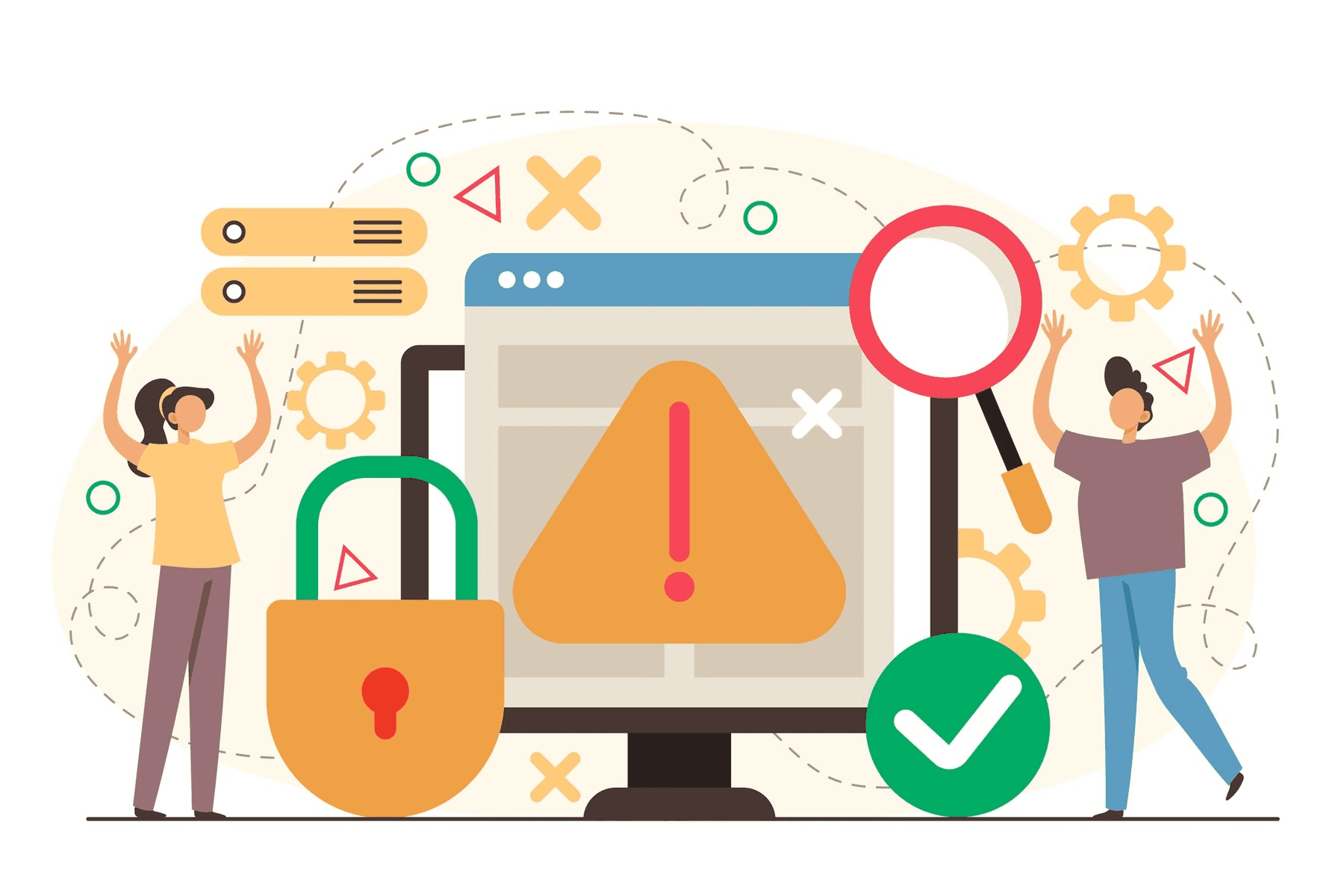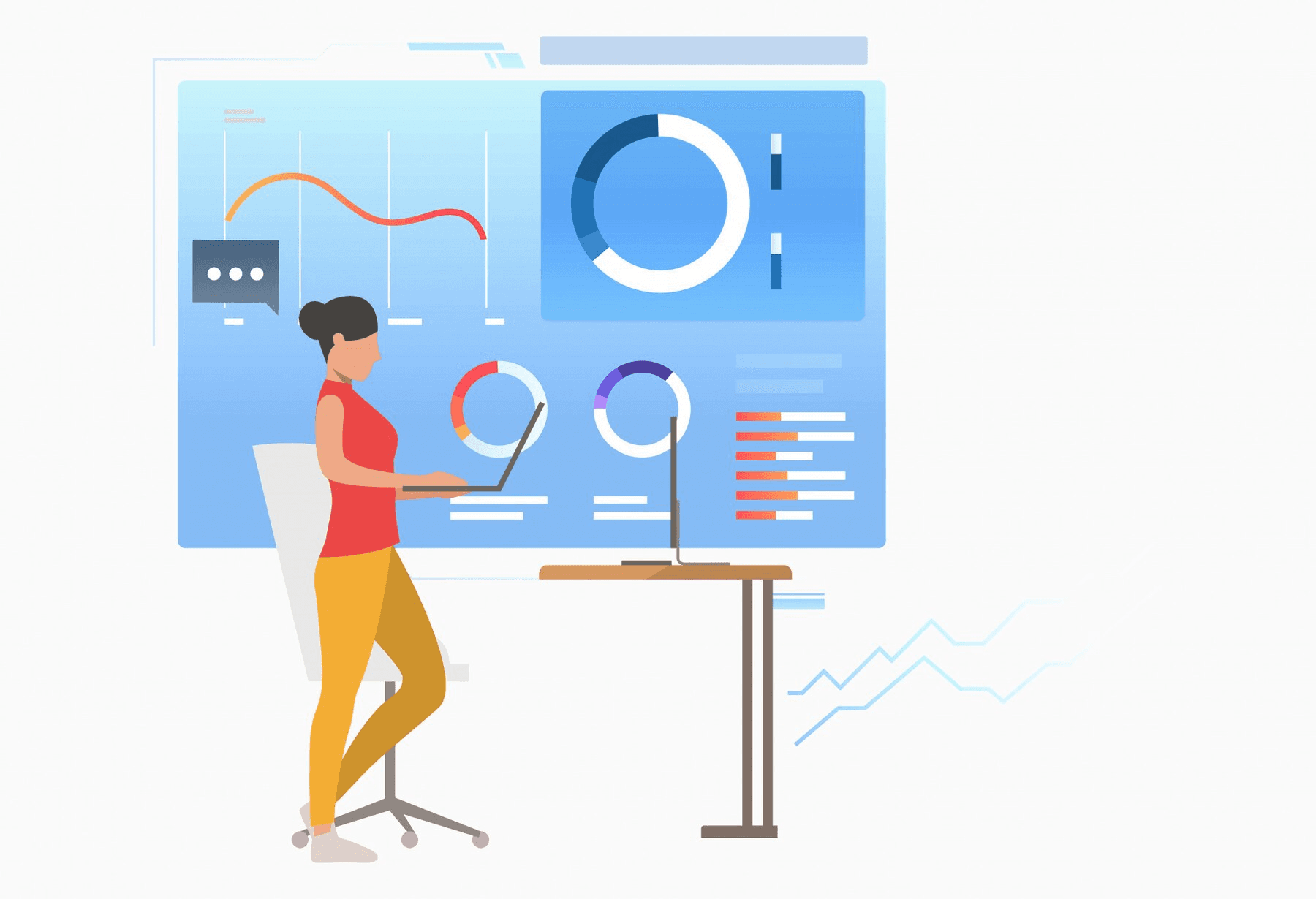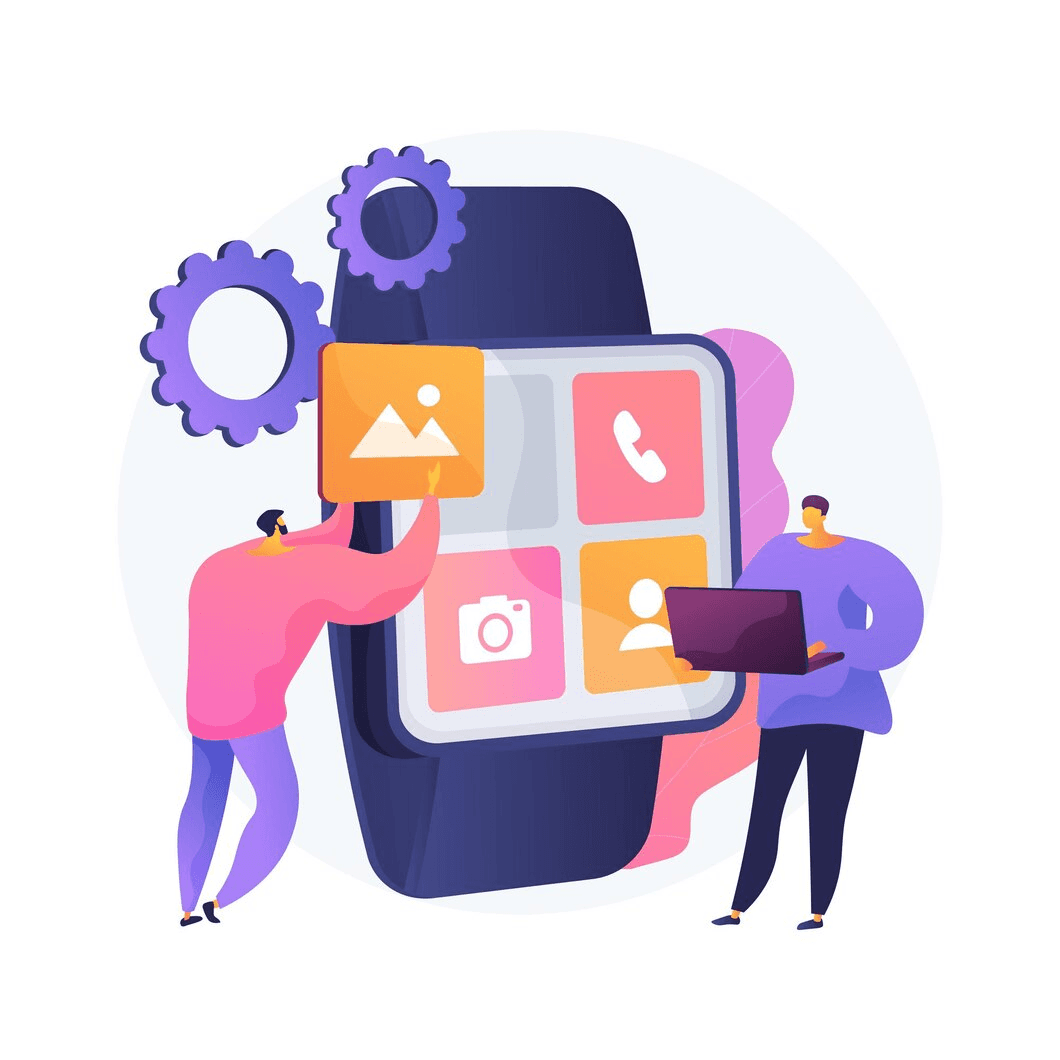Remote work has become the prevailing mode of employment, especially for freelancers. While it offers unmatched flexibility, it also brings a host of complexities that demand careful navigation.
Freelancers often juggle multiple projects, maintain consistent client communication, and meet tight deadlines, all while managing the nuances of working independently. As the pressure mounts, maintaining organization becomes critical, and the need for a framework that supports the seamless flow of work is undeniable.
For freelancers, it’s not just about completing tasks; it’s about ensuring each one is carefully prioritized and executed. With no project manager to rely on, freelancers must create systems that foster both accountability and productivity.
Without such systems, achieving consistent and high-quality results becomes an uphill battle. Finding the right structure could be the key to turning these demands into manageable tasks.
Managing Multiple Projects Simultaneously
Freelancers often juggle multiple projects at once, each with its own deadlines, requirements, and stakeholders. Without a system in place, this can quickly become overwhelming, leading to missed deadlines and subpar results. Prioritization becomes the cornerstone of effective project management.
Every project needs to be broken down into its core components, with clearly defined milestones and deadlines. By using a task management system, freelancers can organize these components into smaller, actionable steps.
This approach helps prevent confusion and ensures that all projects are progressing at the right pace. By setting up reminders, prioritizing the most urgent tasks, and evaluating the scope of each project, freelancers maintain control over their workload, even when managing multiple clients.
Task Delegation and Organization
Task delegation doesn’t only apply to teams; freelancers must delegate tasks to themselves effectively to stay organized and meet deadlines.
The complexity of modern projects often means that freelancers need to handle everything from client communication to creative execution and final delivery. Without proper delegation, tasks become overwhelming, causing delays and stress.
Breaking each project into smaller, manageable pieces and assigning clear deadlines to each helps freelancers stay organized and ensures that nothing is forgotten. Organization tools allow freelancers to create visual timelines, set task priorities, and track their progress over time.
By using these tools, they reduce the cognitive load of managing multiple responsibilities and can remain focused on what matters most—delivering high-quality work on time.
Client Communication and Feedback Management
Managing client communication is crucial to a successful freelance business. Freelancers must ensure that their clients are consistently informed of progress, any potential delays, and the final deliverables.
One of the key strategies to streamline communication is establishing clear, regular checkpoints with clients. These checkpoints help in aligning expectations and maintaining transparency throughout the project lifecycle.
Client feedback plays a pivotal role in shaping the outcome of the project. It is important for freelancers to create a process for receiving and incorporating feedback efficiently. A centralized system for tracking revisions ensures that feedback is not lost or misunderstood, allowing for smoother revisions and minimizing potential conflicts.
This approach enhances collaboration with clients and ensures that both the freelancer and the client are aligned on the project’s vision and requirements.
Tracking Progress and Maintaining Accountability
For freelancers, self-management is essential. Tracking progress against deadlines ensures that projects stay on schedule. Without the structure of a traditional workplace, freelancers must hold themselves accountable for every stage of the project. This requires systems that offer both visibility into the work completed and an understanding of the remaining tasks.
Using project management tools, freelancers can track milestones and ensure that tasks are completed on time. These tools provide a visual overview of progress, helping freelancers stay on top of multiple moving parts.
Regularly reviewing progress helps identify any bottlenecks or delays early, allowing for quick course corrections. When freelancers hold themselves accountable and consistently review their progress, they ensure that their work remains high-quality and on time.
Balancing Flexibility and Deadlines
Flexibility is one of the biggest draws of remote work, but it also presents a challenge for freelancers who need to meet strict deadlines. The temptation to work in bursts of creativity can disrupt a carefully planned schedule, leading to delayed projects. Freelancers must strike a delicate balance between staying flexible in their creative process and adhering to project timelines.
The key to managing this balance lies in building structured time blocks that allow for both creative exploration and deadlines. Freelancers should schedule specific times for deep work and times for review and revisions.
Such practices ensures that the flow of creativity is uninterrupted, while also making sure deadlines are met. By incorporating buffer time into the schedule, freelancers create space to manage unexpected changes without jeopardizing the project timeline.
Collaboration and Client Input
Freelancers often work independently, but they must also collaborate with clients and occasionally other professionals to complete projects. Whether it’s providing feedback on designs, exchanging ideas, or making revisions, collaboration is a critical part of the project lifecycle.
Efficient collaboration depends on clear communication channels and a well-organized system for sharing work. Freelancers should ensure that clients have easy access to the most up-to-date versions of the project, which eliminates confusion.
By using collaboration tools, freelancers can streamline this process, making it easier to track feedback, integrate client suggestions, and maintain clarity. With the right systems in place, collaboration becomes a seamless part of the workflow, enhancing both the freelancer’s and the client’s experience.
Time Management and Efficiency
Time is the most valuable resource for freelancers. Without the traditional workday structure, managing time efficiently becomes a critical skill. Freelancers must balance project work with administrative tasks, client meetings, and sometimes, their personal life.
Time tracking tools are essential for monitoring how much time is spent on each task, ensuring that efforts are focused on high-priority activities. Time blocking, which involves dedicating specific hours to particular tasks, also helps freelancers avoid distractions and stay on track.
By using these methods, freelancers boost their efficiency, ensuring that every hour is spent productively. Effective time management is not just about staying busy—it’s about being purposeful and ensuring that the most important tasks are completed first.
Managing Revisions and Updates
Revisions are an inevitable part of the freelancing process, but handling them effectively is key to maintaining smooth project workflows. Freelancers must have systems in place for tracking client feedback and revisions to prevent confusion and ensure that changes are implemented correctly.
When revisions are needed, it is important to set clear boundaries around the process. Freelancers should establish an understanding with the client regarding how many revisions are included, and they should set deadlines for feedback and approval.
Organizing feedback in a central location, and using version control systems, ensures that the latest updates are easily identifiable. With a structured revision process in place, freelancers can avoid disruptions to the project and deliver the work as per the client’s expectations.
Scaling Workload for Larger Projects
As a freelancer’s workload grows, they may find themselves working on larger projects that involve more complexity, longer timelines, and multiple stakeholders. Scaling the project management system to accommodate these larger projects is crucial to avoid missed deadlines and ensure quality.
Breaking down larger projects into smaller, manageable tasks helps reduce overwhelm and ensures that each aspect of the project gets the attention it deserves. Collaboration with other professionals or outsourcing parts of the project may also be necessary for larger tasks.
Freelancers should use project management tools that support task delegation, allowing them to easily track who is responsible for each piece of the project. These tools help ensure that even as the project scales, the workflow remains organized and efficient.
Task Dependencies and Project Breakdown
In any complex project, certain tasks must be completed before others can begin. Managing task dependencies ensures that the project runs smoothly and avoids bottlenecks. Freelancers should take care to structure their projects in a way that makes it clear which tasks are dependent on others.
Project management tools, such as Gantt charts or Kanban boards, are effective for mapping out task dependencies and visualizing the entire project workflow. By clearly defining these dependencies, freelancers prevent delays and ensure that tasks are completed in the correct sequence.
This structured approach also helps freelancers maintain control over the project, minimizing the risk of missing critical deadlines due to task overlaps or misunderstandings.
Administrative Management
In addition to project tasks, freelancers must also manage the administrative aspects of their work. This includes invoicing, contracts, payments, and legal considerations. Freelancers who neglect these aspects of their business may face complications down the line, especially if they are managing multiple clients at once.
Project management systems that integrate administrative tools allow freelancers to track their finances alongside project timelines. Invoicing clients directly from the system ensures that payments are on time, while contract management features help ensure that all agreements are properly documented.
By incorporating administrative tasks into the project management process, freelancers streamline their workflow, reduce errors, and stay on top of their business operations.
Project Progress and Milestone Tracking
For a freelancer, maintaining visibility over the progress of multiple projects is essential. Without proper tracking, it’s easy to lose sight of deadlines, deliverables, and the overall timeline. Tracking milestones ensures that the project is progressing as expected and that no critical steps are overlooked.
Project management tools that track milestones provide a visual snapshot of a project’s current status. This allows freelancers to easily identify which tasks are completed, which are in progress, and which are delayed.
Milestone tracking also ensures that freelancers maintain momentum throughout the project, helping them stay focused on the next step rather than getting overwhelmed by the bigger picture.
Client Feedback Integration and Alignment
Integrating client feedback into a project without disrupting the timeline is one of the most delicate aspects of freelancing. When feedback comes in, freelancers must assess whether it aligns with the project’s scope and how it impacts the timeline.
Setting up a system for managing client feedback ensures that revisions are incorporated efficiently, without throwing the entire project off course.
Freelancers should develop a clear process for managing feedback, including agreed-upon timelines for receiving and responding to it. This helps prevent feedback from accumulating and overwhelming the project.
By establishing clear expectations from the beginning, freelancers ensure that the feedback process remains organized and constructive, ultimately leading to a more successful project outcome.
Risk Management and Problem Solving
Unforeseen risks and challenges are inevitable in any project. Freelancers must be proactive in identifying and managing potential risks, whether it’s a delay in client feedback, an unexpected technical issue, or a miscommunication with a collaborator.
Risk management requires planning for contingencies and maintaining a flexible approach to problem-solving. Freelancers should establish systems for addressing risks early, including setting aside buffer time in their schedules for unexpected issues.
By anticipating potential problems and having solutions in place, freelancers reduce the likelihood of disruptions to the project timeline.
Outsourcing and Collaboration with Other Professionals
As freelancers scale their business, they may need to outsource certain tasks or collaborate with other professionals. Whether it’s seeking help with a specific aspect of the project or teaming up with other freelancers for a larger project, effective collaboration is essential to maintaining project quality and meeting deadlines.
Using project management tools that support collaboration allows freelancers to delegate tasks easily and stay aligned with external contributors. These tools ensure that everyone involved in the project is on the same page, with access to the most up-to-date work and project requirements. With a solid collaboration framework, freelancers can expand their operations without sacrificing quality or efficiency.
Work-Life Balance
One of the biggest challenges freelancers face is maintaining a healthy work-life balance. The flexibility that comes with remote work often blurs the lines between personal and professional life. Without a clear separation, burnout becomes a real risk, especially for freelancers managing multiple projects and clients.
Setting boundaries is essential for maintaining balance. Freelancers must establish clear work hours and make time for breaks and personal activities. Using project management tools to set realistic deadlines and avoid over-commitment also plays a crucial role in maintaining work-life balance. By protecting personal time and managing workload effectively, freelancers ensure long-term productivity without sacrificing their well-being.
Forecasting and Planning for Uncertain Projects
Freelancers often deal with clients who have unpredictable needs, budgets, and timelines. These uncertainties require freelancers to adopt a more flexible approach to project planning. Effective forecasting involves predicting potential delays and budget changes while building in contingency plans.
By staying agile and using forecasting tools, freelancers can better manage projects that don’t have fixed timelines or budgets. This allows them to adjust plans as needed and ensure that projects stay on track, even when external factors shift unexpectedly.
Financial Management for Freelancers
For freelancers, managing finances is as important as managing projects. Tracking expenses, invoicing clients, and ensuring timely payments are all essential to maintaining a profitable business. Without proper financial management, freelancers risk running into cash flow problems or failing to get paid for their work.
Using project management tools that integrate invoicing and payment tracking ensures that finances stay organized. This allows freelancers to focus on the work itself without worrying about missing invoices or late payments.
By streamlining financial management, freelancers maintain control over their business’s profitability, ensuring they are paid on time and can reinvest in their projects effectively.
Conclusion
Managing remote work as a freelancer is complex, but with the right project management strategies, it becomes manageable. Prioritizing tasks and tracking progress is essential. Clear communication with clients ensures that projects are delivered on time, within budget, and to the client’s satisfaction.
Freelancers need a structured approach that allows them to balance creative freedom with operational efficiency. Without it, tasks risk becoming disorganized, leading to delays and missed deadlines.
Pinrom offers an affordable solution at just $1/user, helping freelancers streamline project management and stay on top of every detail.









